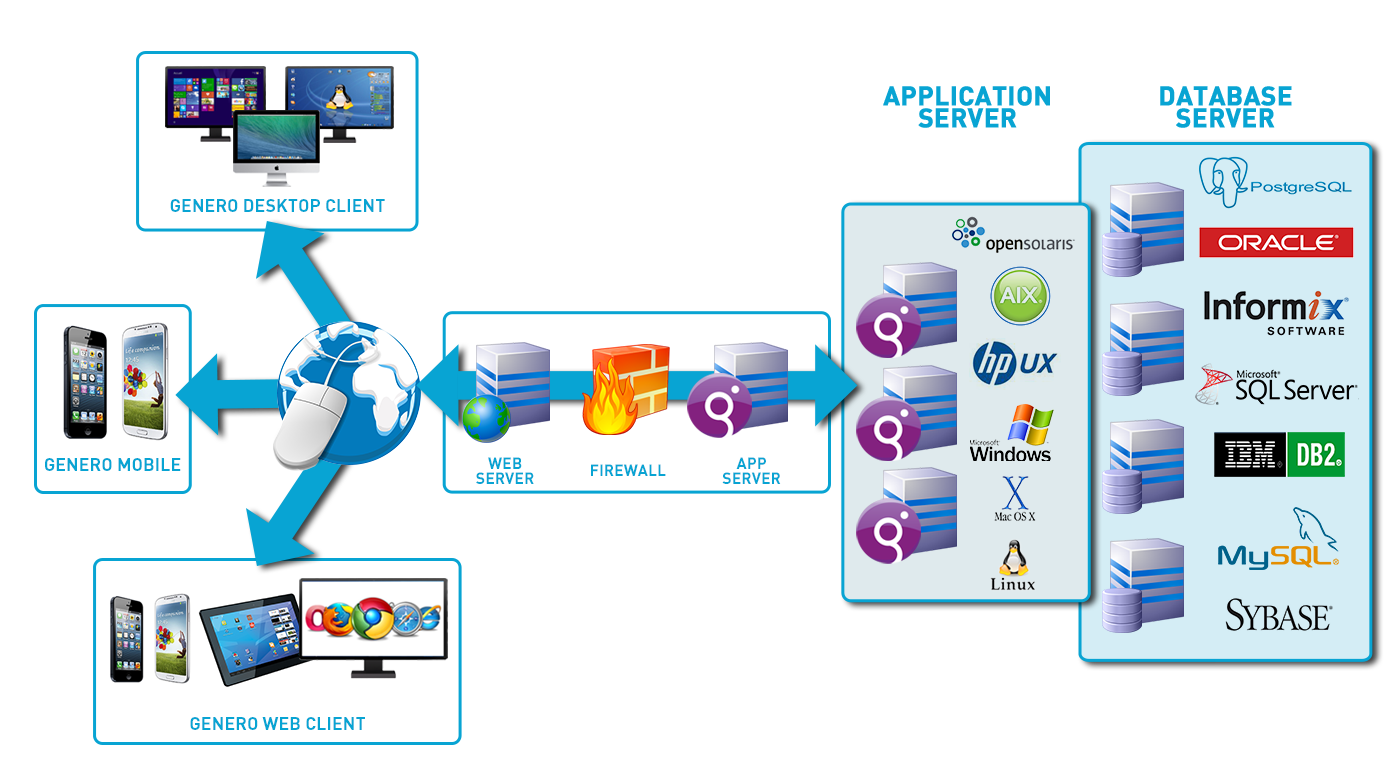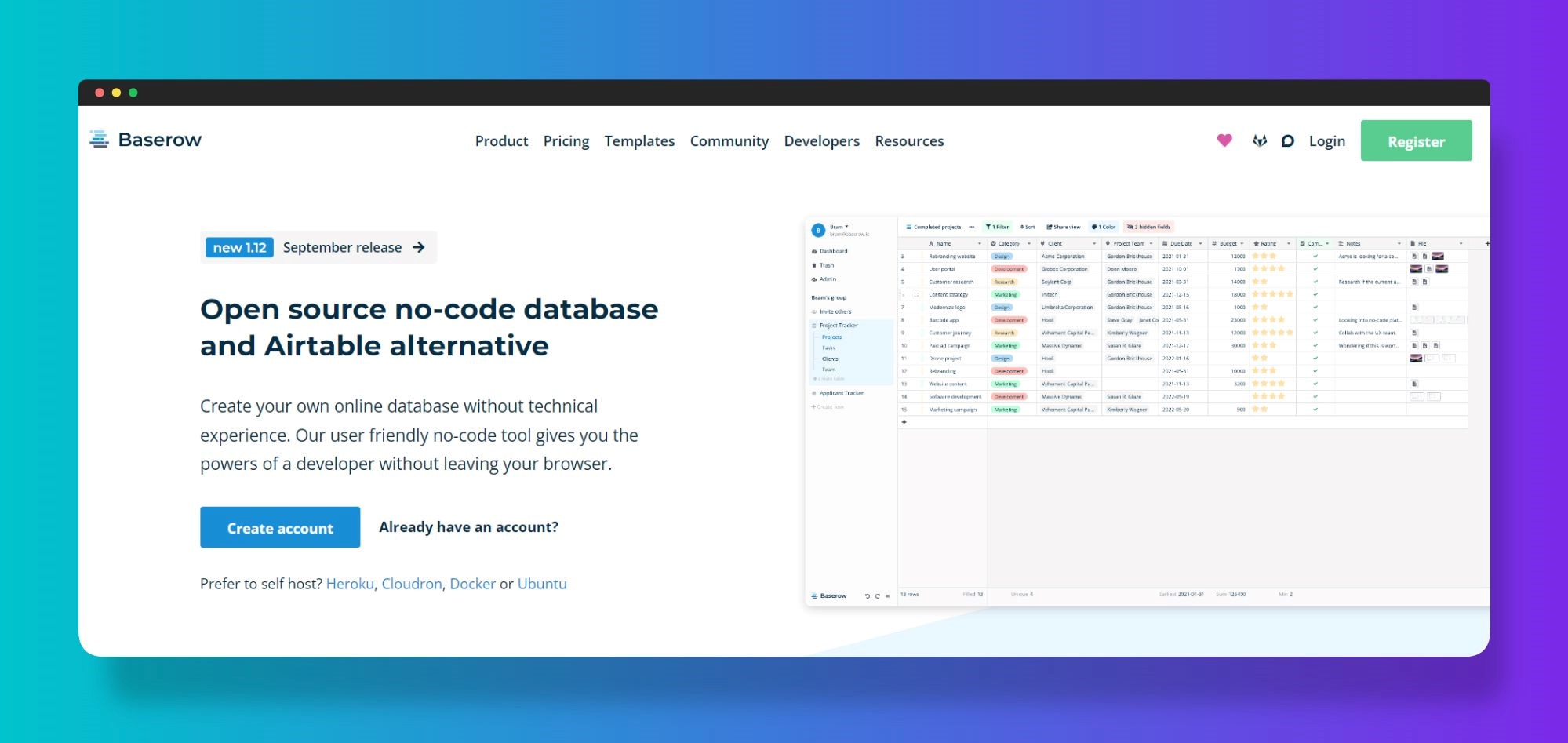No-Code Open System Data Source Creation: Empowering Companies to Develop Faster
No-Code Open System Data Source Creation: Empowering Companies to Develop Faster
Blog Article
Discover Exactly How Scalable Data Sources Can Be Used Without Coding to Boost Your Service Workflow
In today's fast-paced business environment, the capacity to take care of and analyze information successfully is extremely important. no-code. Scalable data sources, particularly when matched with no-code services, use a transformative method that equips non-technical users to improve procedures.
Understanding Scalable Databases
Scalable data sources are important for modern business operations, enabling companies to efficiently handle raising quantities of data without giving up efficiency. These data sources are developed to adjust and grow to the changing demands of an organization, guaranteeing that they can manage bigger datasets and even more complex queries as organizational requirements advance.
Comprehending scalable data sources entails recognizing their 2 key types: upright scaling and horizontal scaling. Vertical scaling, or "scaling up," includes including even more power (CPU, RAM) to an existing web server to boost performance. On the other hand, straight scaling, or "scaling out," requires adding much more web servers to disperse the load, which usually results in greater adaptability and mistake tolerance.
One more important facet is the style of scalable databases, which can be either non-relational or relational. Relational data sources, such as MySQL and PostgreSQL, are structured and make use of SQL for queries, while non-relational databases, like MongoDB and Cassandra, offer more adaptability with disorganized information.
Inevitably, recognizing scalable data sources is essential for businesses aiming to leverage data as a tactical asset, enabling them to remain competitive in a progressively data-driven atmosphere.

Advantages of No-Code Solutions
Unlocking the possibility of no-code services encourages companies to simplify operations and boost productivity without the requirement for considerable programs expertise. These platforms permit non-technical customers to develop, customize, and manage data sources easily, hence equalizing access to innovation throughout groups.
One of the primary advantages of no-code remedies is their speed of implementation. Organizations can quickly deploy applications and automate processes, dramatically decreasing the time invested on growth cycles. This agility enables organizations to react immediately to market changes and consumer needs, promoting an affordable edge.
Additionally, no-code systems minimize reliance on IT divisions for daily jobs, permitting technological teams to concentrate on more intricate jobs that call for specialized skills. This change not just enhances source appropriation but likewise advertises innovation within the organization.
Cost-effectiveness is an additional advantage, as no-code options can decrease advancement and upkeep expenditures. By reducing the need for coding know-how, business can harness the capabilities of their existing workforce without the overhead of hiring additional workers.
Popular No-Code Database Equipment
The surge of no-code solutions has resulted in the introduction of various data source devices that provide to organizations seeking performance and ease of access. These tools encourage individuals with restricted technical expertise to produce, handle, and manipulate data sources flawlessly.

Caspio stands out for its capacity to build internet applications with no coding. It permits organizations to develop durable databases and deploy applications promptly, accommodating numerous market demands. Flair supplies straightforward user interfaces and powerful data management capabilities, read enabling companies to construct customized applications tailored to their process.

Use Instances in Organization Operations
Just how can organizations utilize data source tools to improve their operations? Scalable data sources give companies with effective abilities to manage and analyze information without the demand for considerable coding expertise. These tools can improve various business procedures, inevitably causing enhanced efficiency and productivity.
One noticeable usage case is customer relationship monitoring (CRM) Businesses can utilize scalable databases to track customer interactions, preferences, and feedback, allowing customized communication and better solution. By streamlining this information, groups can collaborate more effectively and reply to customer demands in real-time.
One more significant application is supply monitoring. Business can employ no-code helpful hints data source tools to check stock levels, track deliveries, and forecast need. This guarantees optimal supply degrees, decreases waste, and decreases stockouts.
Furthermore, project administration can gain from scalable databases by allowing groups to handle jobs, due dates, and sources in a combined system. With real-time updates and data visualization, project supervisors can make enlightened choices.
Starting With Implementation
Executing scalable data sources in service procedures needs an organized technique to ensure effective integration and utilization. The initial step is to carry out a thorough needs evaluation, determining particular service requirements, data types, and expected growth patterns. This fundamental understanding will lead the selection of the suitable data source option.
Following, pick an easy to use, no-code database platform that aligns with your operational goals. no-code. Lots of contemporary remedies supply instinctive user interfaces, allowing non-technical users to manage data effectively. After selecting a platform, establish a clear data style that outlines just how information will certainly be arranged, accessed, and kept
Training is critical; ensure that employee are equipped with the see here now necessary skills to use the database. Consider offering workshops or tutorials to familiarize personnel with the system's performances.
Conclusion
To conclude, the integration of scalable databases through no-code options offers substantial advantages for service procedures. These systems equip non-technical customers to efficiently manage and analyze data, promoting boosted decision-making and cooperation. By taking on devices such as Airtable and Idea, organizations can improve processes and minimize reliance on IT resources. Eventually, leveraging these modern technologies can lead to enhanced productivity and functional performance, placing companies for sustained development in an affordable landscape.
One prominent no-code data source tool is Airtable, which incorporates the capability of a spread sheet with the power of a database.Just how can services take advantage of data source tools to enhance their operations? Services can utilize scalable databases to track consumer interactions, preferences, and responses, enabling tailored communication and better service.Applying scalable databases in company procedures calls for an organized approach to make sure effective assimilation and utilization.In verdict, the integration of scalable databases with no-code remedies offers significant advantages for company procedures.
Report this page